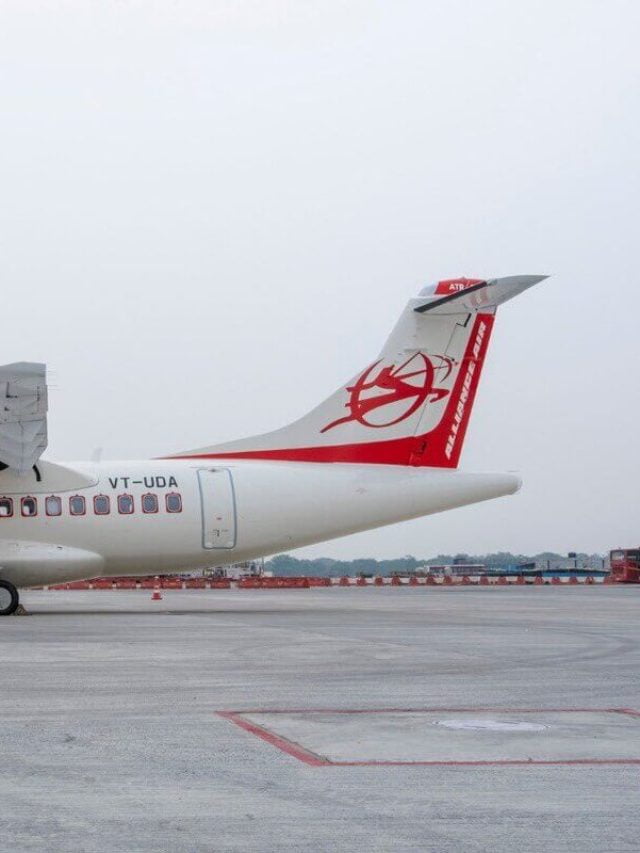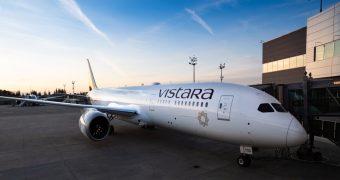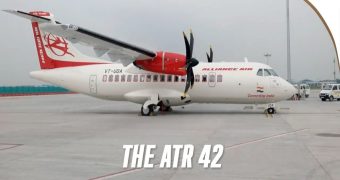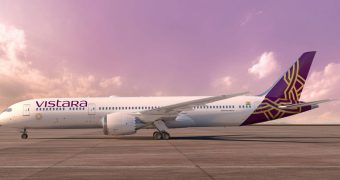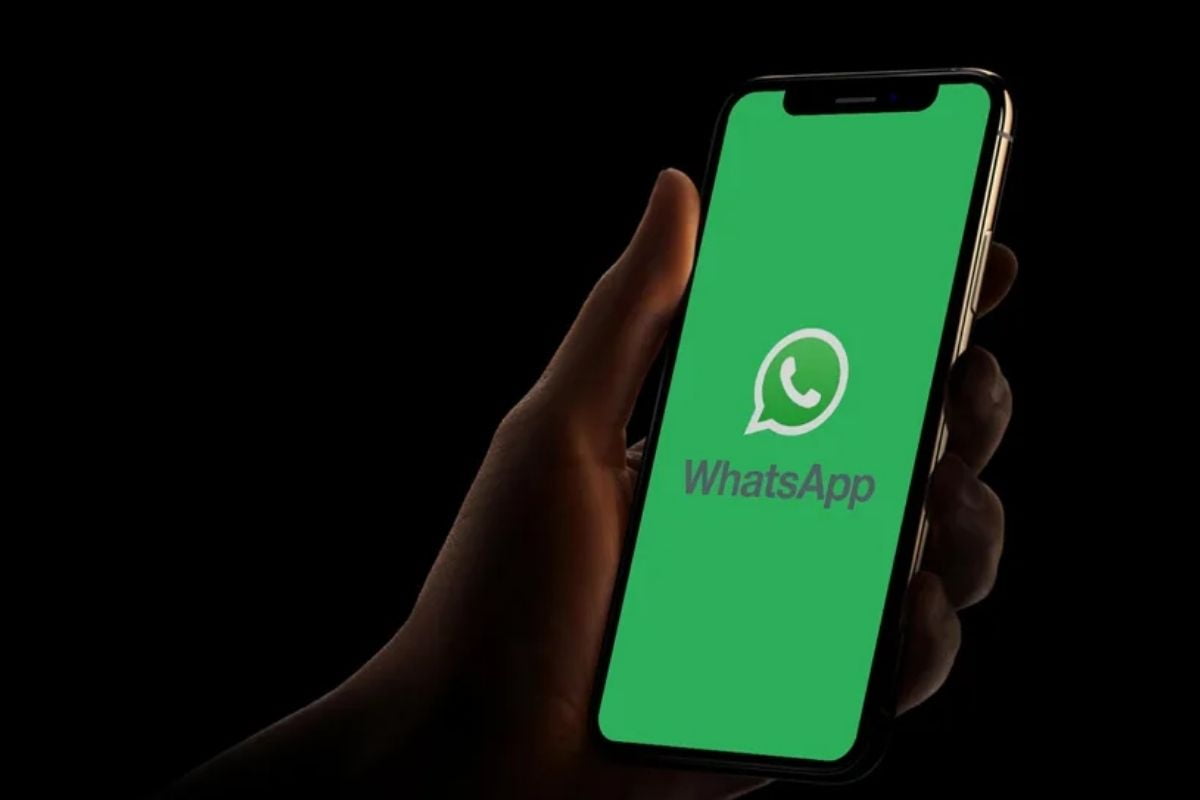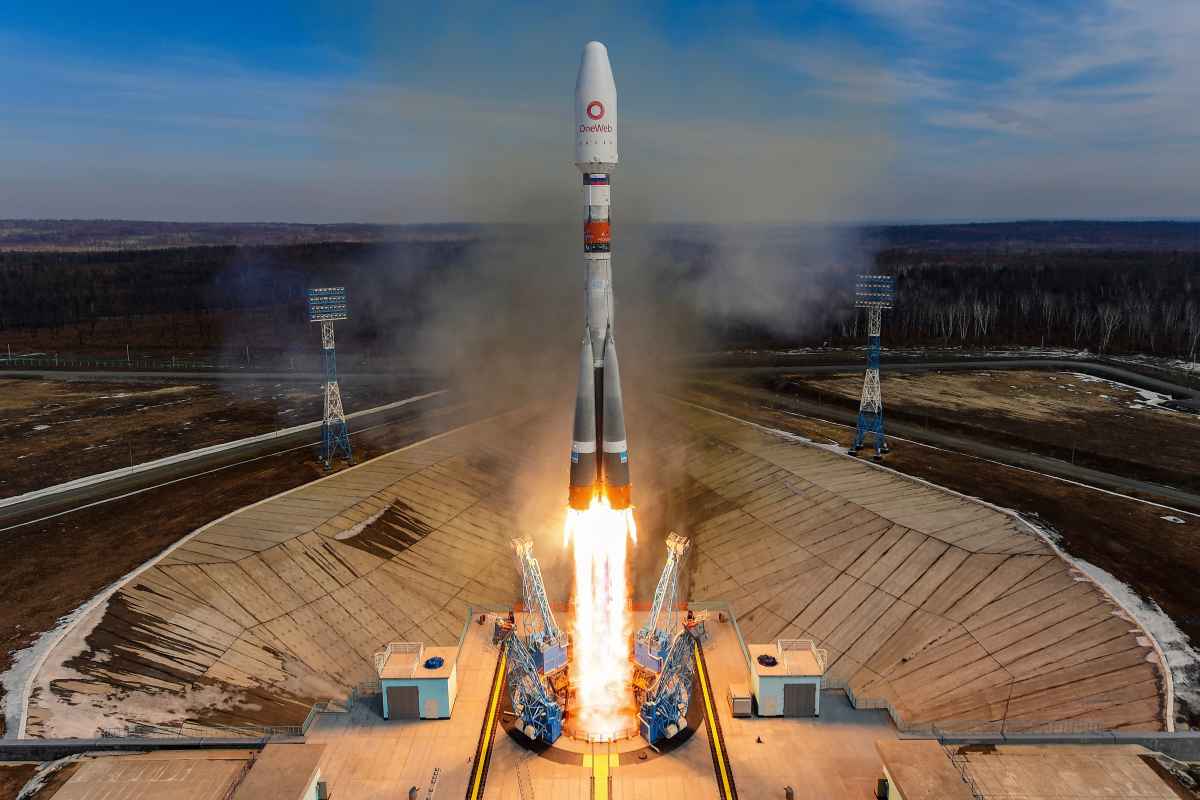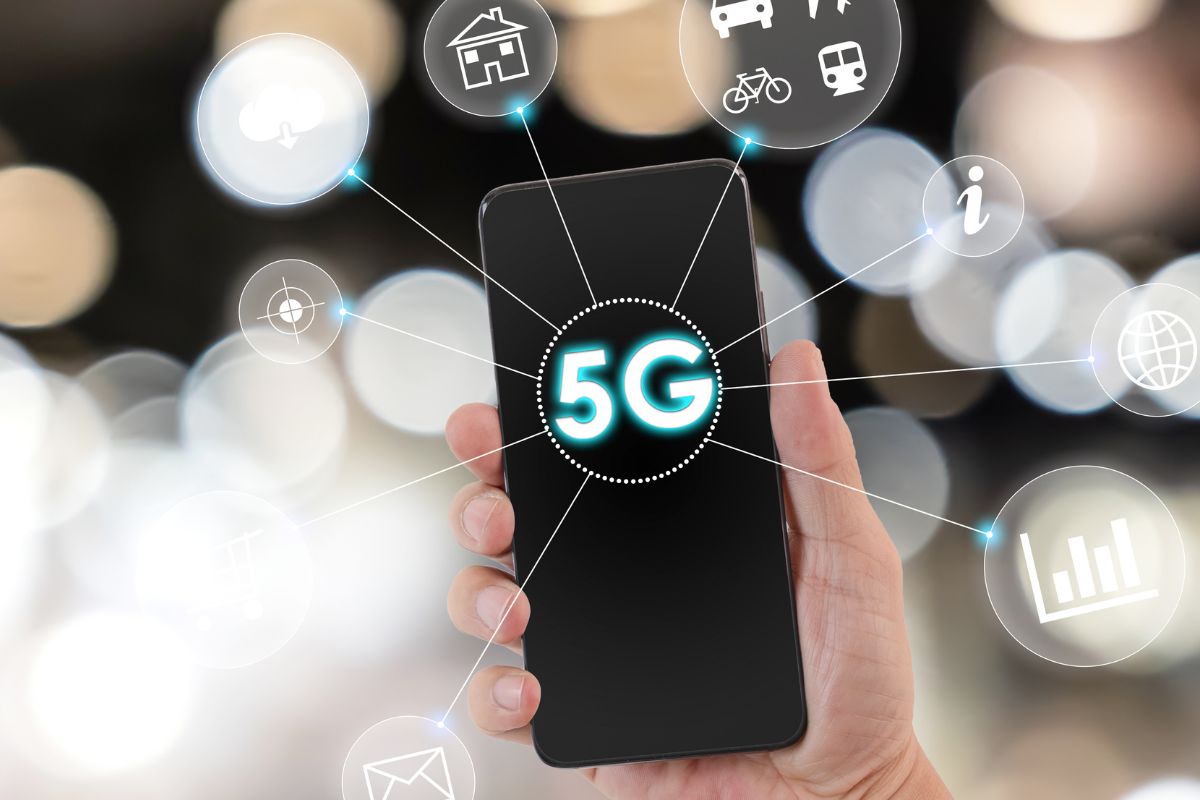Thanks to the LTE + networks, device ecosystem, and the hyper-competitive tariffs, mobile data usage growth on the ground exploded exponentially, and India has already achieved many records in consumption numbers. Internet above 35000 feet high is what Indian Air Space or India has not yet experienced because of the security concerns, but thanks to the Telecom Commission, TRAI, and the DOT for paving the way for inflight-connectivity. While the guidelines, recommendations, and approval stages are all done, India is now heading towards license approvals, implementation and consumer experience of high altitude internet on the Indian Air Space. So, the points discussed and the overview presented is India centric. Below is a writeup on how we envisage inflight connectivity going to be and what a consumer can expect from the service on a high level.

Technology: While the concept is new to the Indian market, it's not to the Global Aviation Industry. Provisioning Internet to the consumers at that altitude sounds complicated, but not in reality. To enable connectivity to the passengers, the plane needs to first establish connectivity to the internet, and this is done using either a satellite or air-to-ground network. Once the plane is connected to the internet source, the connectivity can be delivered to passengers using onboard systems - routers, Wi-Fi hotspots, Access Points. While the 'How' aspect is not the core purpose of this story, the infographic below gives a high-level overview of how the connectivity happens.
Security: As of now there is no need to delve much into the Info-security aspects of onboard Wi-Fi such as secure connectivity protocols, encryption standards etc. because we don't see a need for it as all the passengers boarding the flight are validated against their ID proofs. Even if a suspicious activity happens, at any point in time, the culprit can be nabbed down using the historical records with the airlines. So, in the security aspect, one can rest assured as there will be a limited audience on board, and it is easy to track the log activity.
Fitting: System needs to be factory-installed or retrofitted in the plane for enabling the Wi-Fi services. Cost is involved in retrofitting the system with antennas (radome on top of the fuselage), onboard storage, routers and Acess point systems that need at least approximately 3-4 days of grounding. All this fitting will add extra weight, impacts the fuel burnt and thereby increase costs to the airlines.
Content: We can expect the major players to compete in the In-Flight Entertainment Segment as well. The offerings can be categorised into two i.e. offline and online.
Online Content: Below services will be metered as per the internet usage via Wi-Fi.
1. Internet Service - It is the same 'internet' service which you use on the ground.
2. In-Flight - Partnerships - Any purchase/order activity done in the Air which needs internet connectivity to the ground (Hotel, Food, Flight Bookings etc.)
Offline Content: Below services can be provisioned to passengers onboard without actually metering internet consumption as this content will be streamed offline via Wi-Fi from onboard storage.
1. Audio - Audio on Demand
2. Video - Video on Demand
3. In-Flight - Chat, Date, Order Food, Services etc.
Use Cases: All said and done, perhaps the biggest challenge is 'defining Use Cases' and what makes a customer compel for the service. We consider the below use cases as significant scenarios of inflight internet connectivity in India.
1. Business/Financial: A crucial transaction or a business decision/communication which needs approval and is time-bound.
2. Medical Emergency: Certain critical updates which matter the consumer the most when on a flight.
3. Luxury: Premium Segment Service Experience (This depends on the market conditions and pricing structure)
4. Novel Use Cases: How about Facebook live, video chat or a Youtube Review?
None of the use cases discussed above will be valid if the service is provided for free, and there is no point to discuss the business case. Who knows there maybe someone with disruptive plans, but is it possible?
If we consider the longest domestic flight time of approximately 3 Hours 20 Minutes and question "Are consumers in such an urge for inflight connectivity?" The answers from the majority of consumers will decide the success of a business use case. I'm sure that service providers might have done their market research on various consumer segments regarding the service demand, and they have more concrete answers. If it is a long international flight, inflight internet connectivity is definitely a dire need. Delhi, Mumbai, Bangalore, Chennai, Hyderabad, Pune routes if considered will have a flight time approximately as listed (not an exhaustive list) below.
1.HYD-MUM: 1hr 15mins
2.MUM-BLR: 1hr 35mins
3.DEL-MUM: 2hrs 10mins
4.DEL-BLR: 2hrs 45mins
5.DEL-MAA: 2hrs 55mins
So, approx 2hrs 55mins is the ball-point time for curating a use case and make a business out of it.
VoWiFi will Complement: Indian telcos are already working on VoWiFi and users if allowed (*discussed in etiquette section) by airline service providers can enjoy voice calling on their numbers as well.
Speeds: Though we have not practically experienced the speeds, we are expecting somewhere around 7-15Mbps of dedicated bandwidth of internet connectivity per user when around 150 users are using the service in parallel while the offline content speeds are Wi-Fi access point dependent.
Pricing: India is a price-sensitive market. What works everywhere else may not work in India. The same implies to inflight connectivity charges as well, and hence we are not concerned about the pricing of the service anywhere else. Though inflight connectivity has its advantages, with this price sensitivity nature in India, the benefits are overshadowed by the setup, execution and maintenance costs.
Overview of Service Flow:
So how can a consumer expect the service provisioning to be? We expect the service to be available to consumers as per the below infographic. (*Not an exhaustive list)
We feel telecom service providers with premium postpaid subscriber base will have an advantage if the competition is going to be between the telecom service providers as they have more options for bundling.
If you think you have purchased the service (Service Provisioning - infographic3), and you are done with the deal, you're mistaken. Well, if we carefully observe the current market, there are two equally attractive forces(deals) acting on the sale of a product/service in the connectivity segment.
1. How best - and easier I get the product/service (service provisioning - infographic3) and
2. What best - I get from purchasing/availing the product/service (benefit bundling - infographic5)
So, how can a consumer expect the benefit bundling to be? A small example can be the benefits of a combo pack which we are already experiencing(infographic4). As the pricing of inflight connectivity is expected to be premium, the bundling may also be in a similar manner.
Now, the benefit bundling depends again on 'who' is bundling the service? Is the service bundled from an airline, content, booking-ticketing, retail, telco or a banking provider? There may be partnerships and all the benefits can be bundled as well. We also expect the service to be included in any of the existing loyalty programs - points-based (gamification kind of). Unlike benefits provisioned for data services on the ground, due to the razor-thin margins initially, chances are likely that only core service benefits may be provisioned for inflight connectivity services, a case which depends on market dynamics or disruptor.
Benefits:
We expect the benefit bundling to be available to consumers as per the below infographic5. (*Though not an exhaustive list, care is taken to include the major cases)
Example Explanation:
Case1: Core Service Alone
Case2: Core Service + Discount Vouchers + Free Content
Case3: Core Service + CB + Free Discount on inflight Food + Points on Purchase
Case4: Core Service after Redeeming Points + Content
Case5: Core Service + Retail Vouchers + Free Cab to Airport (On next trip)
So, in this manner, there can be any combination of service bundling based on the extent of partnerships.
End Consumer:
So, who is going to be the end consumer and the real case scenario?
1. User Category1: Take time to settle, Drink Water, Take a nap.
2. User Category2: Enter the plane while already watching a movie/series or music which is made offline.
3. User Category3: They take care of the babies/kids/older/challenged
4. User Category4: They need help - Patients/Challenged/Older
5. User Category5: Open Tabs/Laptop as soon as they get in and continue working
6. User Category6: Take time to settle, close the gadgets, and enjoy the experience
7. User Category7: First-time travellers - They are excited about everything they experience.
8. User Category8: They are stressed or tensed, whatever the reason might be. They either sit calmly or frequently change the activity they do.
9. User Category9: They take time to settle, get adjusted and then start an activity they like(Reading/listening music/browsing/watching video etc.)
10. User Category10: They may be a couple, family or friends. They chit-chat and tend to have some meaningful conversations. They make memories. In cases, two people (siblings, friends, couple) may even silently enjoy video or audio content.
There may be user categories which I missed, but these are who we generally come across. The usage time of the service now actually depends on which is the target category.
Ground Pricing: Like any market, the Indian market tends to a comparison before opting a service. Though the comparison doesn't stretch beyond a limit forgoing quality, consumers tend to compare inflight connectivity charges with the ground connectivity charges against the necessity of the service. So, at the time of this writing, below are some price points of 3G/4G data services via mobile carriers.
1. Offering 1: 1GB - Rs.7
2. Offering 2: 3GB - Rs.48
3. Offering 3: 1GB - Rs.21
So, a customer may take into consideration the above pricing while opting for inflight data services. This ground and on-the-air pricing comparison may sometimes lead consumers to restrict themselves from opting inflight data services if the pricing is exorbitant.
Flight Etiquette: Passengers can make phone calls or use the Internet when a flight is at a minimum height of 3,000m in Indian airspace to avoid interference with terrestrial mobile networks, but we cannot imagine someone sitting next to us doing a voice call without even basic manners. If it is a video call, there might be privacy issues as well. Though everyone wants to explore and experience technology at such altitudes, it is at the take of Airlines to roll out certain rules that help customers use the service without impacting travelling experience. Afterall a service meant to improve the flying experience should not hamper it.
Alternate Options: Offline Content
If not for the above-discussed use cases, what are the other options can consumers explore as a replacement to the inflight connectivity? If it for the content, the 'enable offline' feature comes in handy to solve this issue. With apps such as Netflix, Amazon Prime and even telcos' content(Music, Movie) apps with offline functionality, it is easy for any customer to offline the content. An hour before boarding the flight, any interested consumer would offline 2hrs of video or music on the ground itself and enjoy the offline content on board in the air.
As the service is not officially live in India, the above discussed are just our assumptions. Whatever the business viability case is, with inflight connectivity services, there is a leap in the connectivity landscape and India will experience new use cases and opportunities.
